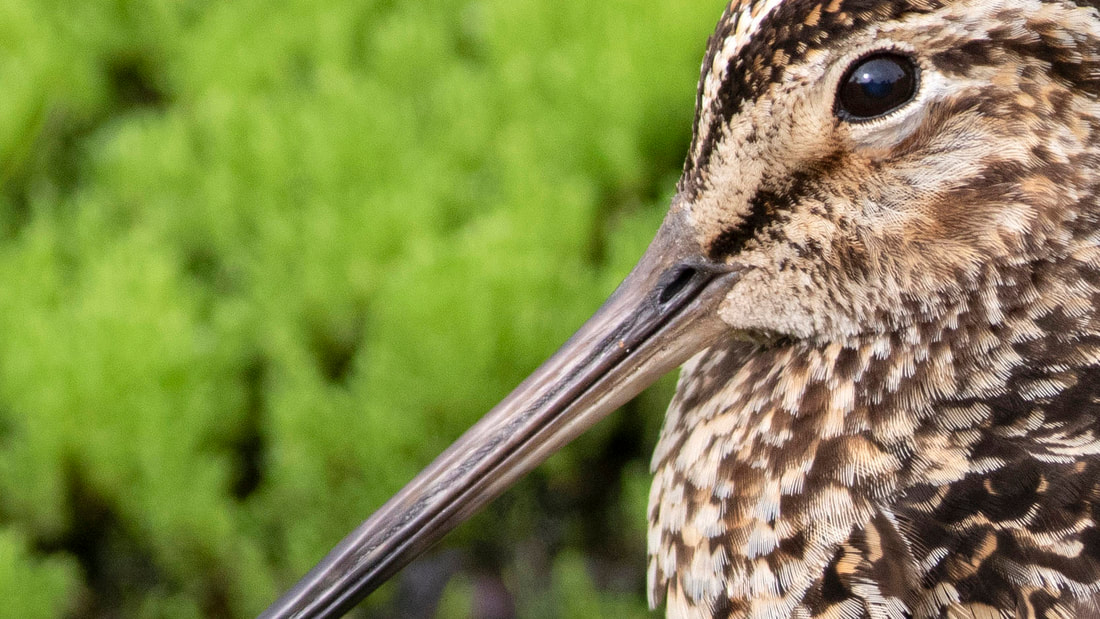|
Of course, knowing that I live in Norway and moths are not too active this early in the season, it might not be a big surprise. The ground could well be covered in snow as late as in May, and subzero temperatures as well. However, some species do spread their wings before the spring really settles. The first moth of the year in my garden (in Bergen, western Norway) was a male Dotted Border Agriopis marginaria on 28 February. The females are flightless, and have only vestigial wings. Dotted Borders hatch during spring, and are not common at all in February in Norway. Species number two, a Chestnut Conistra vaccinii was light-trapped yesterday (3 March). The Chestnut hatch during autumn, and winter as imagos. This morning the light-trap produced two Chestnuts, and a Rusty Birch Button Acleris notana. The Button also winter as an imago moth. As you can see from this figure, March is able to produce quite a few moths. At least some years. Activity depend on temperature. Temperatures vary from year to year. The species diversity is not too good in March, with only 99 species recorded, but some of them may be hard to find later. For me, doing a #microbigyear in my new and unexplored garden, that means trapping every night when possible in March and onwards.
|
StorymapsBlog archive
May 2024
|







 RSS Feed
RSS Feed
